Cultural exchange and competition combine for a unique tournament that showcases China’s heritage
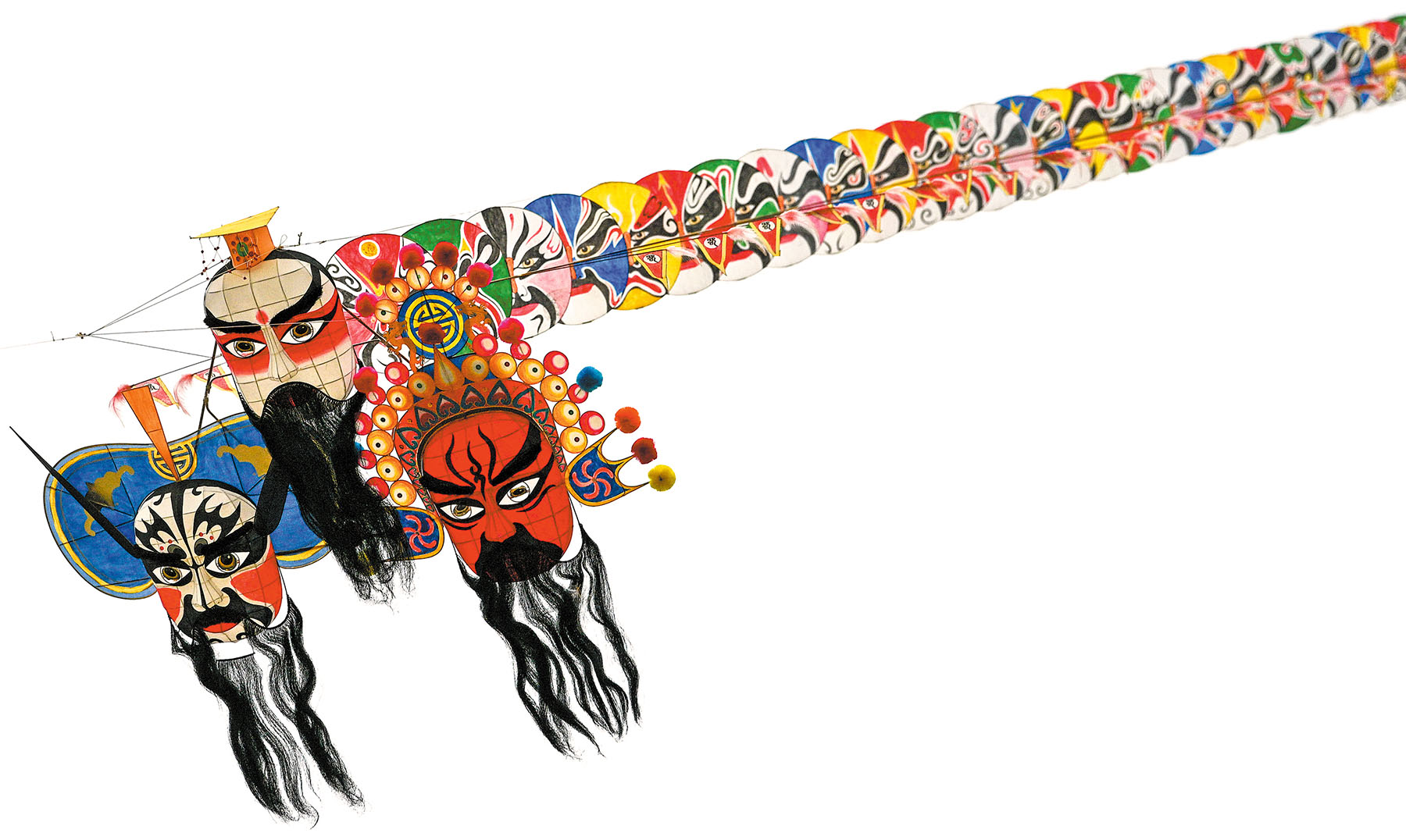
Aspectacular fusion of athleticism and culture, the 3rd Traditional Sports International Festival — held in late September in Jiangyin, Jiangsu province — provided a unique platform to experience China’s traditional sports and culture, as well as encourage exchanges between the nearly 800 athletes from 39 countries and regions who participated.
This year’s festival saw a notable increase in scale, with participants competing in five diverse disciplines: Go, wushu, qigong, dragon and lion dances, and kite flying.
Sun Haoran, director of the Operations and Development Department of the International Sports Exchange Center of the General Administration of Sport of China, explained that the featured sports are deeply influenced by Chinese philosophy and a traditional approach to health.
“The festival aims to immerse participants from around the world in the essence of China’s traditional culture through a range of activities, including competitions, performances, and cultural workshops,” Sun said.
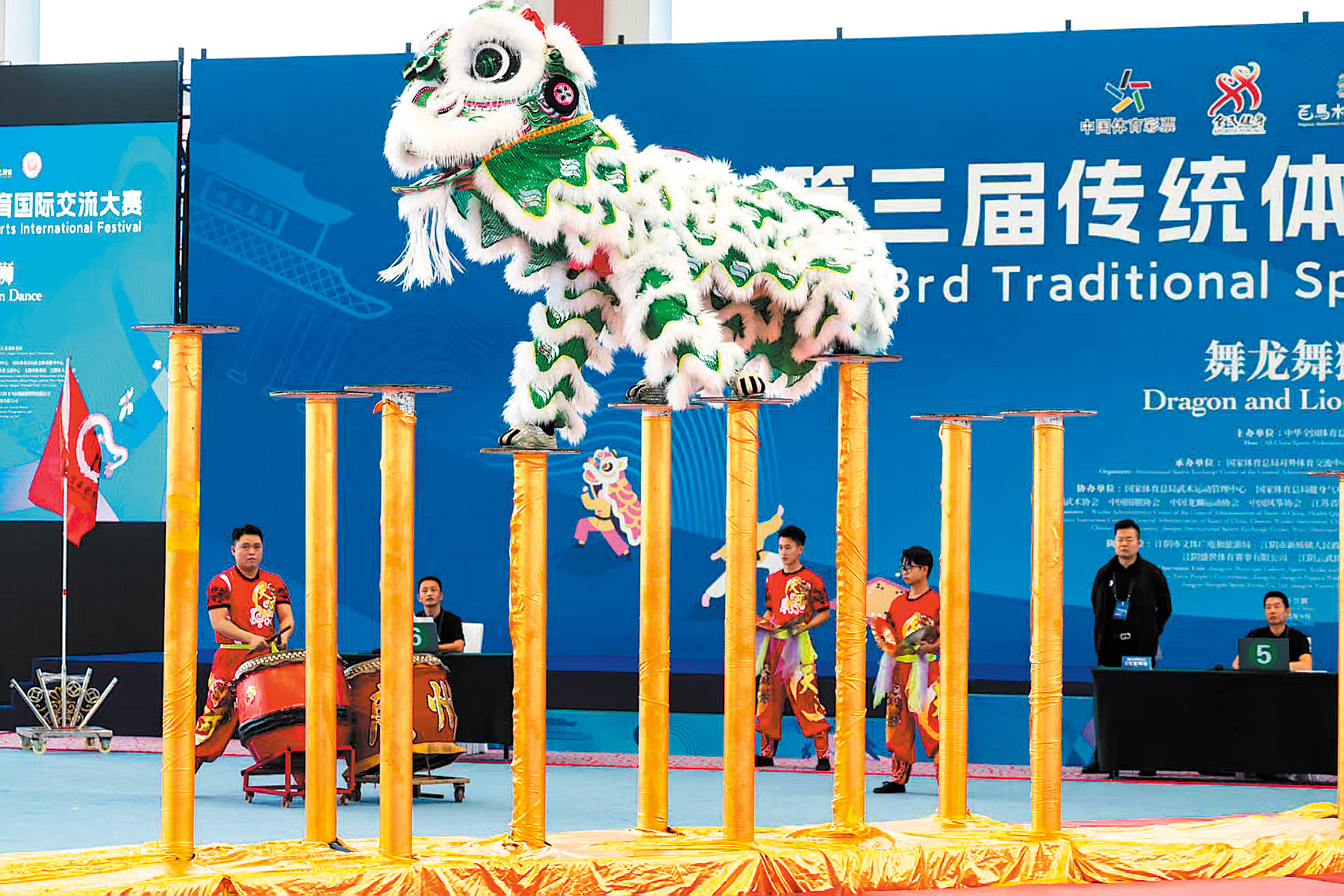
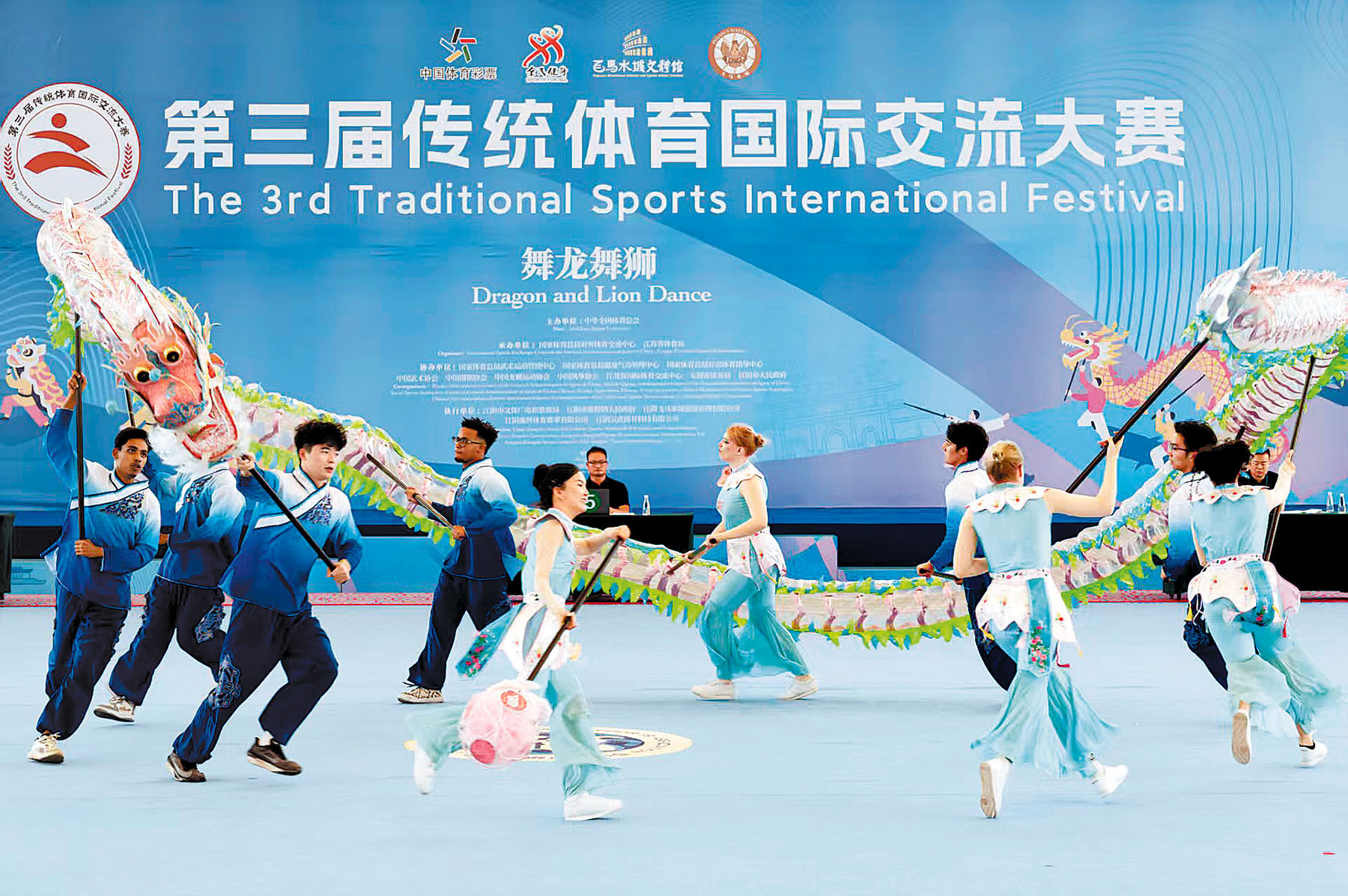
Throughout the three-day event, participants enjoyed the opportunity to engage not only in fierce competition but also in cultural exchanges, leaving with a deeper appreciation of traditional Chinese sports and the philosophies that underpin them.
One of the key highlights of this year’s festival was the inclusion of kite flying, a visually spectacular addition to the competition.
Traditional Chinese kites, elegantly designed with modern influences, danced in the skies above crowds of captivated spectators. Kites shaped like giant dragons, octopuses, and butterflies filled the air, with participants from around the world showcasing their kite-flying skills.
One competitor from the United States noted the profound history behind Chinese kites, saying that this competition opened their eyes to the art and skill involved.
The kites brought by all the teams were not just designed to look good on display, but also to form intricate patterns when in flight.
He Jinquan from the Jiangsu team claimed victory in the medium-sized dragon kite category with a score of 74.87, while the Tianjin team’s Yu Quanshun took top honors in the rigid-winged kite category with a score of 81.35.
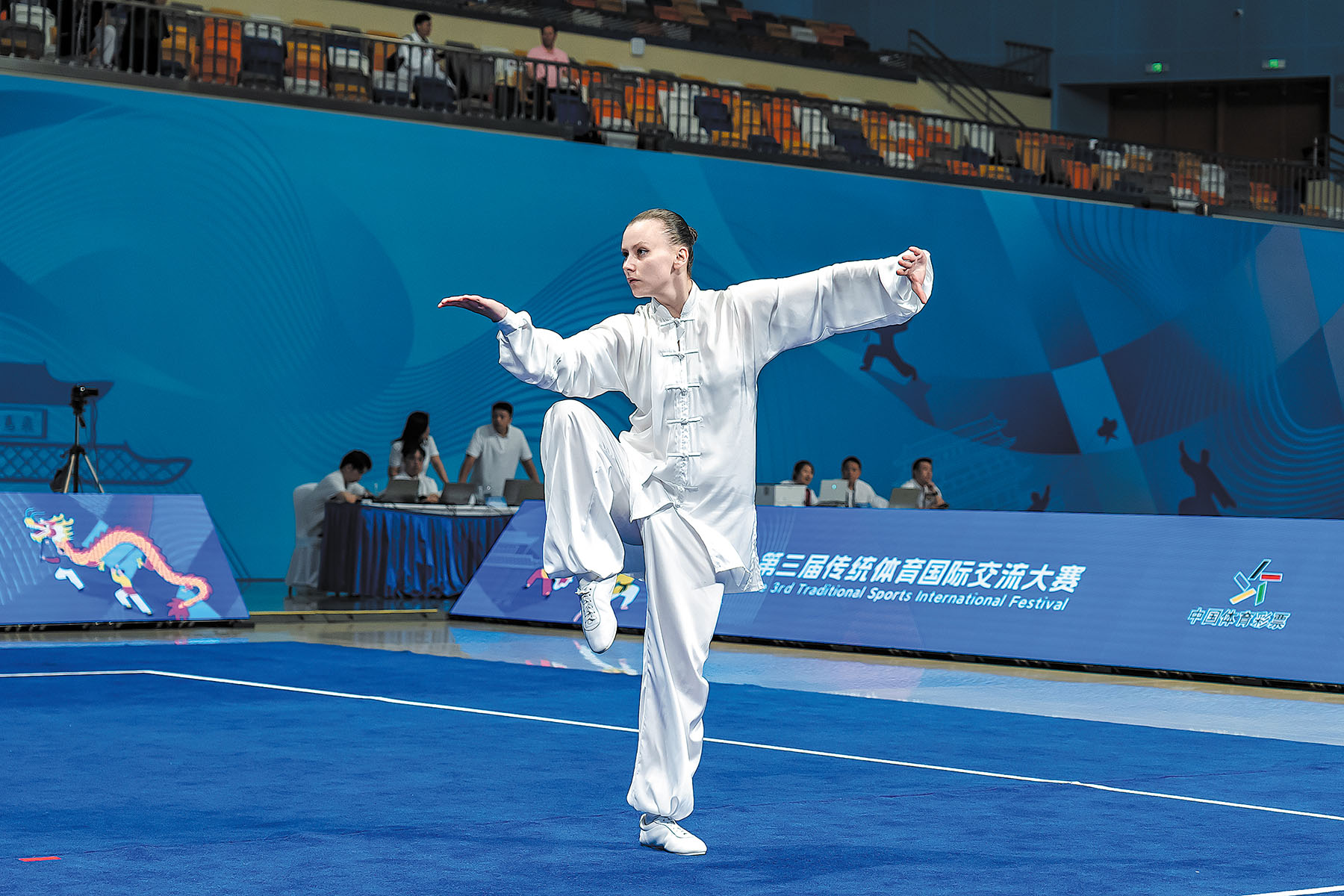
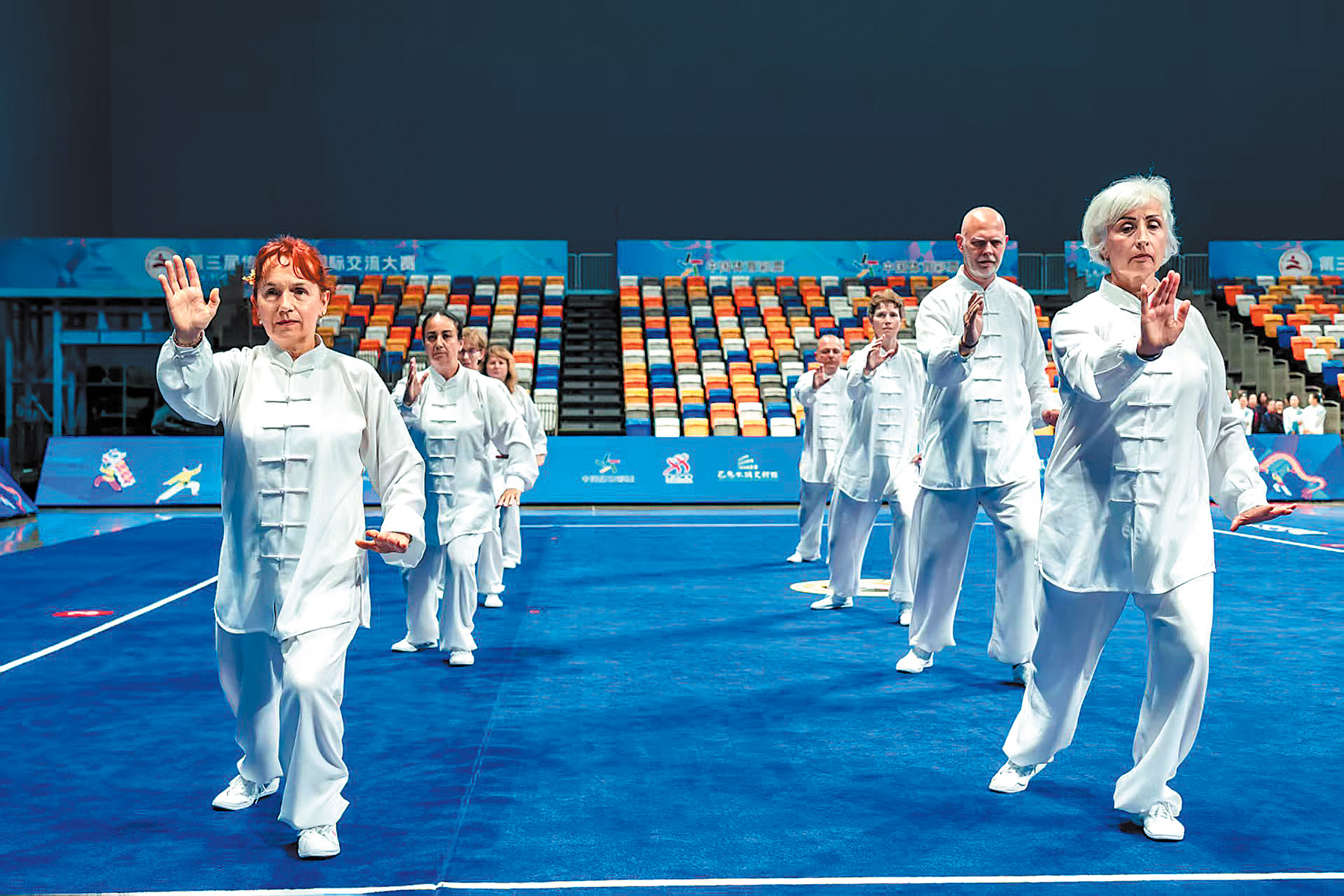
The dragon and lion dance competitions also proved to be a major draw. Teams performed both freestyle and traditional routines, blending the ancient art of dragon and lion dancing with modern stage techniques.
This year’s performances saw both local and international teams pushing the boundaries of creativity, while maintaining the cultural integrity of the sport.
Across the freestyle and traditional dragon dance competitions, the big winners were the Xiamen Institute of Technology and Pingdingshan University.
The Go competition also highlighted the growing global appeal of the ancient Chinese strategy game. Featuring both open and overseas categories, the tournament attracted top players from around the world, with impressive performances showcasing the strategic depth and cultural significance of the game.
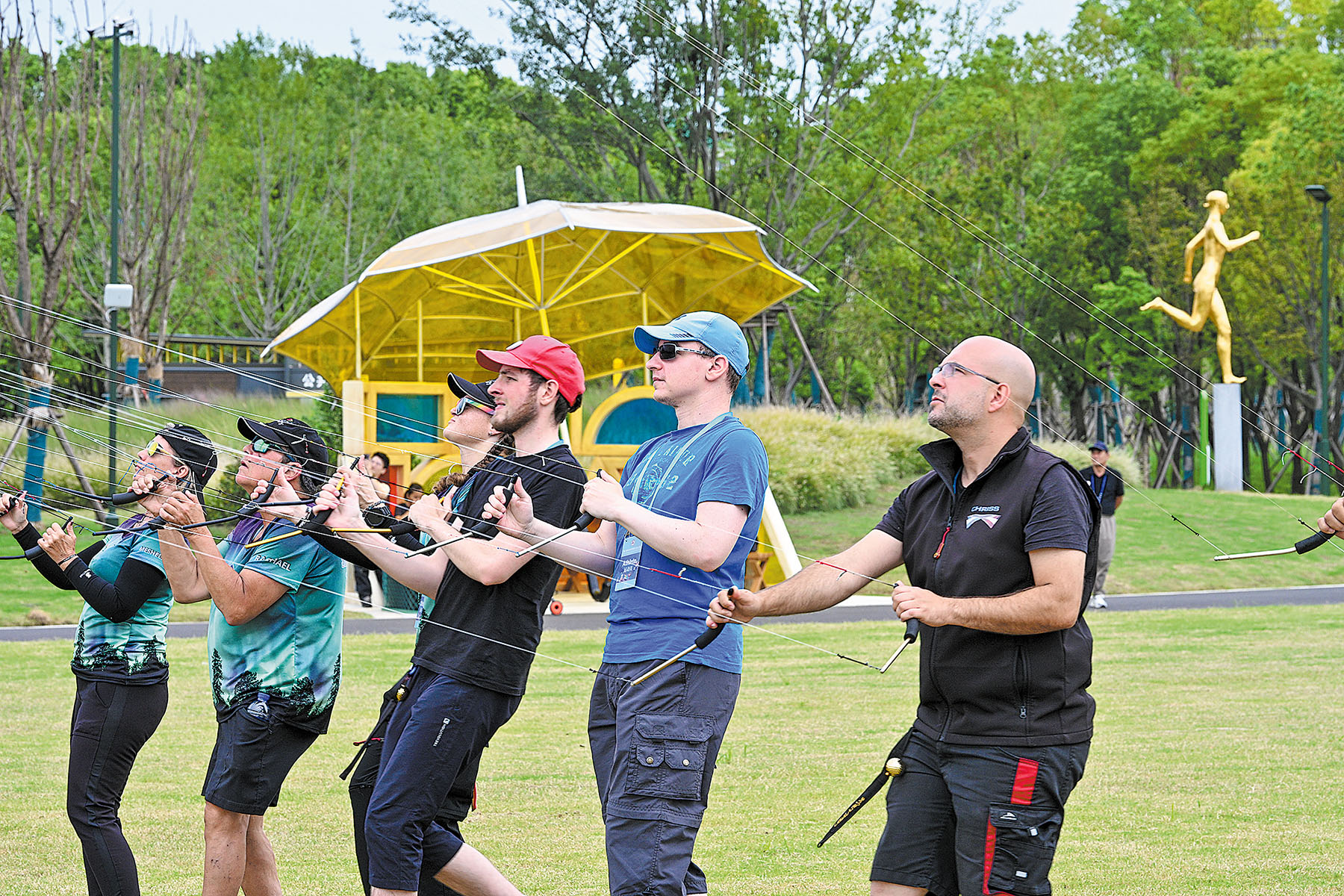
One participant from Singapore, who had competed in the previous two editions of the festival, noted that the competition had grown in both scale and cultural diversity, remarking that it was clear that Go’s influence is spreading globally, and that it was great to see more international players taking part.
The festival also allowed athletes to explore Jiangyin’s unique blend of modernity and tradition. Known for its deep integration of sports and tourism, Jiangyin provided a perfect backdrop for the event, with competitors enjoying the local cultural heritage while testing their competitive skills.
The festival was not just about sports — it was a feast of cultural exchange.
During the event, various cultural activities were organized, including visits to local heritage sites and performances featuring traditional Chinese folk music, dance, and acrobatics. These activities helped immerse athletes in the rich cultural traditions of China, offering a memorable experience both on and off the competition floor.
Contact the writers at liyingxue@chinadaily.com.cn


